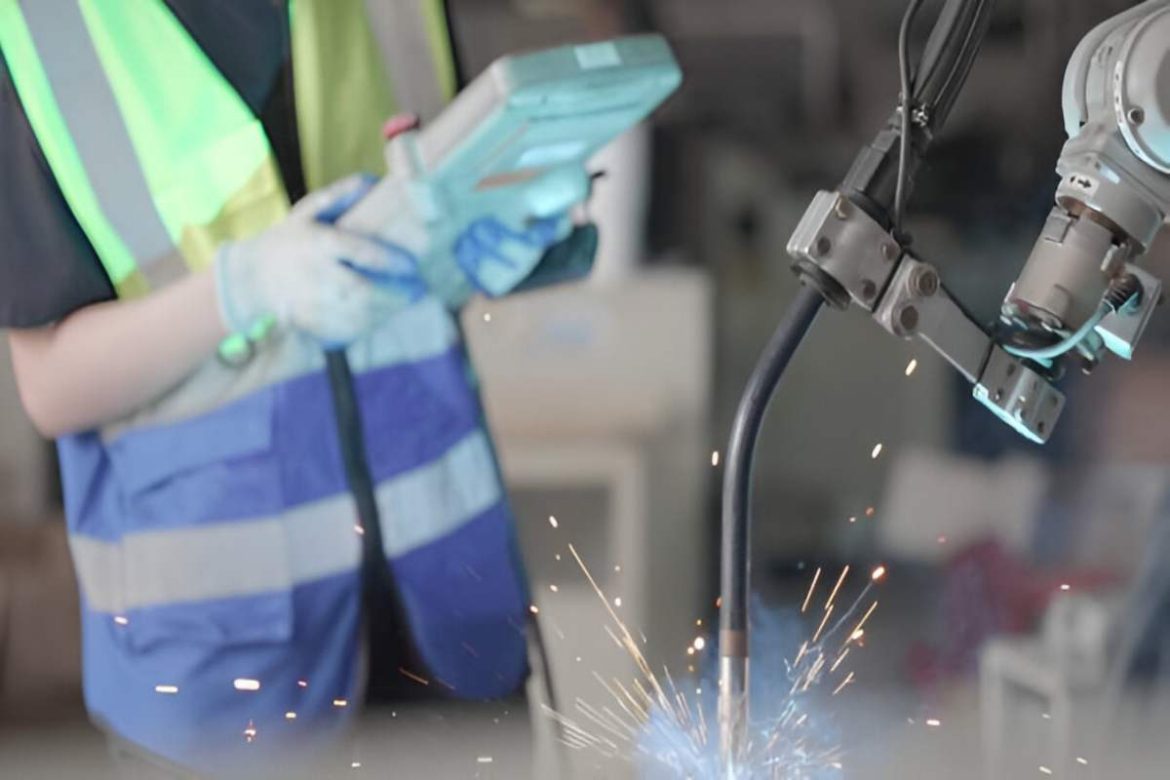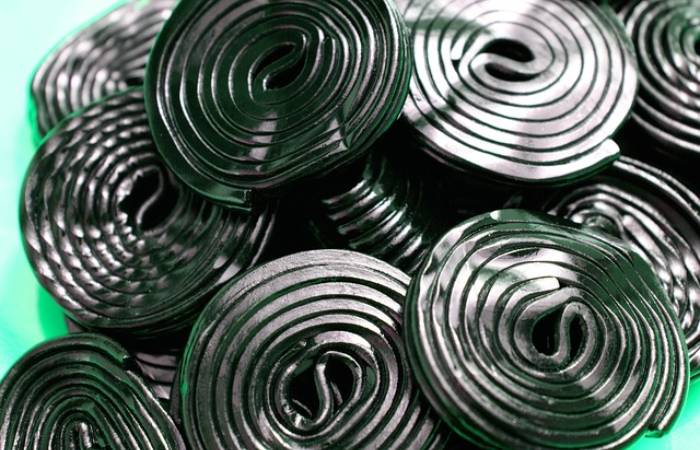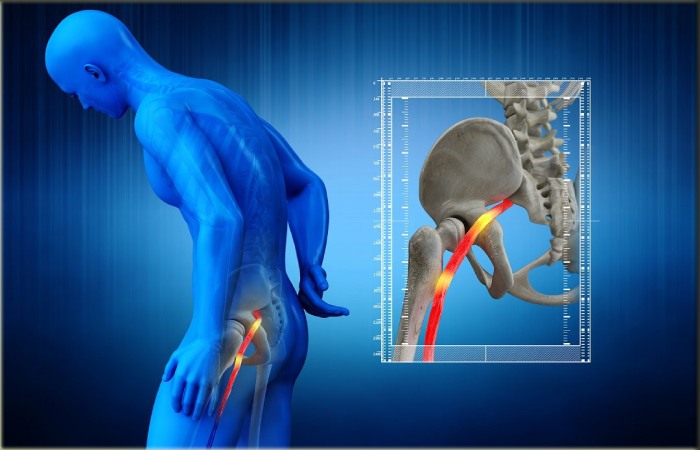Welding plays an important role in the healthcare and medical industry. This is because it helps to join together different components of metal form devices we use in several medical care settings.
The strict requirements of the healthcare sector demand that laser beam welding solutions provide consistency, reliability, and high durability to ensure medical devices safely do their intended work. Fortunately, laser welding technology has significantly evolved to meet all these demands.
What Laser Welding Is
According to experts at Micro Weld, this is the process that involves joining two objects or materials together by using a laser beam with high power. The laser beam melts materials, allowing them to join without a filler.
In the medical care field, experts use laser welding to help produce various devices, including prosthetic devices, implants, and surgical tools.
How Laser Welding Works
Laser welding procedures create high-strength and quality welds without any porosity. The procedure gets automated for use on various materials. Alloys and metals welded using laser include gold, copper, titanium, aluminum, and steel.
No external materials are used in the procedure. Therefore, the process is solely carried out by melting every area to be welded. More energy supplied makes reaching or exceeding the materials’ melting temperature easy.
It is also crucial to note that using inert gas, like helium or argon, prevents oxygen bubbles from forming during the material’s liquid phase. This, in turn, minimizes the porosity. By using other forms of focusing mirrors, welders can control the penetration width and depth of the beam.
Laser Welding Applications in the Medical Industry
Laser welding has many applications in the medical sector. Some of the notable applications or examples include the following:
- Drug delivery systems – Medical devices, such as inhalers and insulin pens, incorporate laser-welded elements to guarantee sterile drug delivery and proper functioning.
- Manufacturing of medical devices – Manufacturing indicated medical parts/devices, like surgical instruments, implants, and catheters, depend on laser welding solutions to achieve sterility and precision.
- Laboratory equipment – Medical laboratories need precision equipment for testing and research. Laser welding procedures help create different components with tighter tolerances, guaranteeing accurate results.
- Pharmaceutical packaging – Welders use laser beams to create or make hermetically sealed packages used for medications. This, in turn, ensures that they remain self-stable and uncontaminated.
Why Laser Welding in the Healthcare Sector?
Laser welding remains one of the cutting-edge techniques using focused beams to join pieces of material with high precision. This process is increasingly being used in the healthcare sector for various reasons.
First, because of high precision, welders deliver energy when it is only required. The total input of heat is so low that laser welding next to sensitive components, like plastic components, O-rings, electronic circuitry, and glass-to-metal seals, is possible and a common practice.
Besides aesthetic advantages, clean laser welds can yield usability and safety benefits. Clean welds are also helpful for products that are easier to fit or sterilize into assemblies without the interference of weld seams. Other reasons welders use laser welding in the medical industry include the following:
1. Precision Engineering
Intricate designs of pharmaceutical equipment and medical devices demand precise assembly. Through medical welding with the help of a laser beam, welders create tiny welds with a very small diameter, ensuring accurate and seamless joints that are important for the functionality of products.
2. Sterility Assurance
Maintaining sterility in the medical industry is important, where contamination may have dire consequences. The process eliminates the importance of traditional techniques involving additional materials, such as solvents or adhesives, minimizing contamination risks.
3. Excellent Repeatability
The output of the laser is very stable. Without electrodes to vaporize, bend, or wear, the repeatability of welds is unmatched.
The bottom line is that laser welding is an advanced technology that effectively and efficiently welds different materials, providing highly automated and high-quality welding procedures. Because of that, welders are used in the healthcare industry for various applications, like pharmaceutical packaging, laboratory equipment, drug delivery systems, and the manufacturing of medical devices.













































